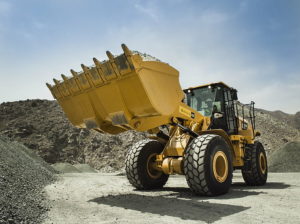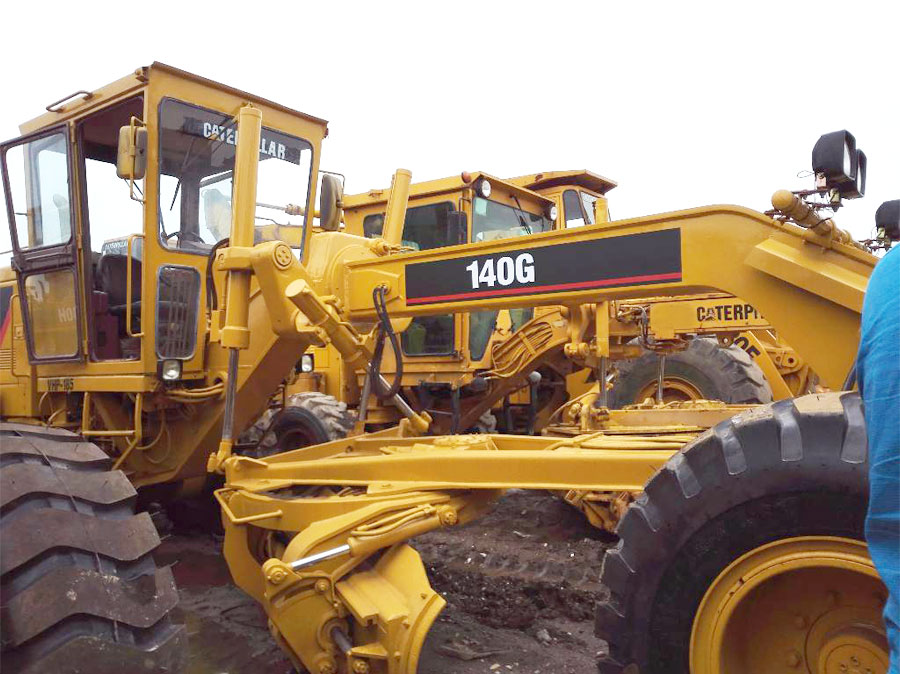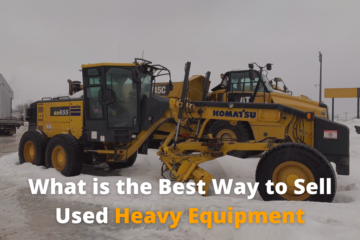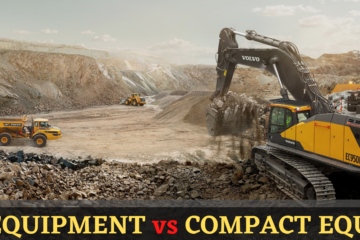A Correct Guideline To Inspect The Second Hand Wheel Loader
If you require adding a wheel loader in your heavy equipment list or if you require changing an aging wheel loader, search the modern stock of equipment or if you want a second hand truck so try to search a reliable supplier or a trustworthy machine provider. Many companies always have a huge collection of unused and second-hand wheel loaders for sale, but before you head out to check the wheel loader that grab your attention, read our five tools examination tips for wheel loader purchasers:
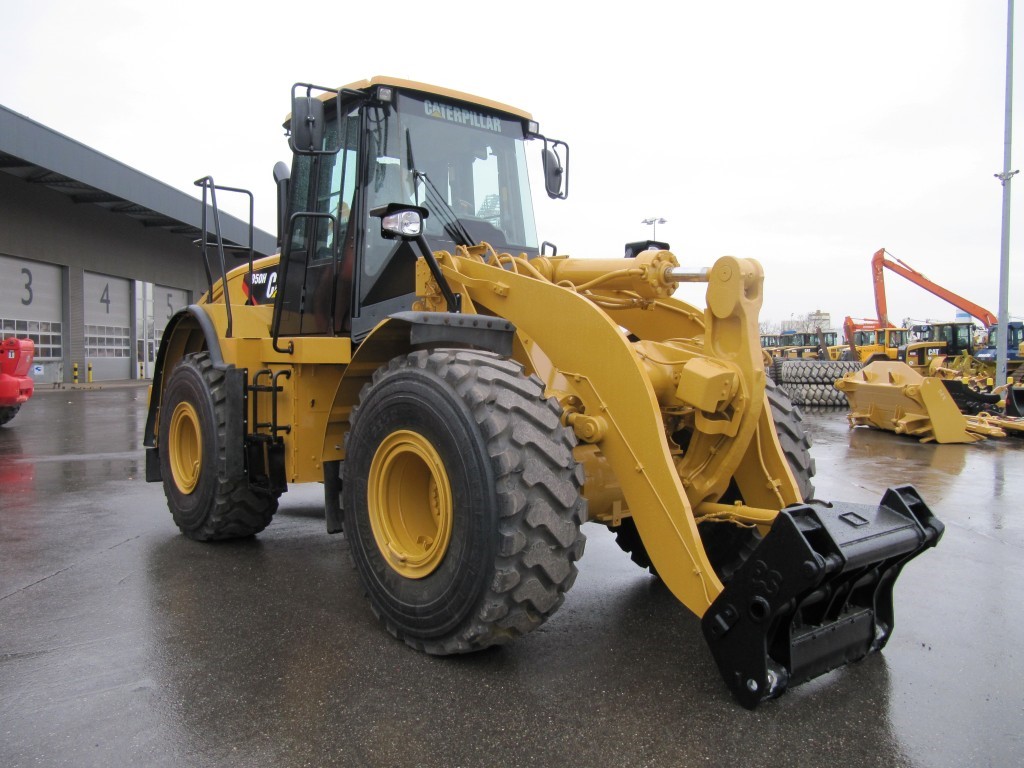
1. First concentrate on wheel loader bucket and check thoroughly bucket teeth bucket cutting edge and lift arms
Let’s start at the front of the bucket, examine for any lost or loose-fitting bucket teeth. Then you should continue on from the bucket teeth and check at the bucket leading border and side sections, making reminder note of every crack, unnecessary wear, or repairs such as welds.
If the bucket is connected to the wheel loader lift arms through a rapid attach coupling system, verify the coupling system for any movable pins or damaged bushings. From the coupling method, go on to the lift arms and examine the arms for any faults, dents or further proof of structural scratch. And last you have to notice the condition of the lift arm tubes.
2. Examine the engine and hydraulic structure of a loader
Remember one thing that checking the hydraulic system is very essential because it’s the most significant part of your wheel loader. So you should examine all tubes and cylinders for any scratch. Make sure all tube couplings are in a fine state and free of any cracks or dents. Check all tubes for any leaks, hollows or cuts that could permit liquid to spread out or pollutants make their way in.
After the hydraulic system, look at the engine for any clear cracks or free or loose belts. Now examine the air filter and the previous repair date, which should be recorded on the filter itself because many wheel loader air filters should be changed after excessive operational tasks.
3. Check all the normal operations and the Cab
The cab is the center part of a wheel loader so check for any loose-fitting clutch or an unsafe ladder. Determine the general situation of the seat, pointing devices and foot pedals and make a reminder of the hour meter reading then start up the engine and examine that all gauges are in working condition, as well as the back-up alarm.
If you listen to any screeching noises when working the bucket or further wheel loader parts, it could indicate that the device has not been oiled properly and the metal parts are now rubbing together.
4. Examine carefully on the center articulation spot
At the bottom of the cab a midpoint of the wheel loader is located which meets the center articulation spot. Search for marks of wear at the articulation point. If the heavy Construction equipment was controlled violent, irregular, rock conditions, rather than on flat land, the articulation point should be damaged.
5. Check the frame, Roll over Protection Structure and Falling Object Protective Structures
If the equipment does not come together with canopy, make sure to examine the ROPS, a major supporting system for any dents or other break that could change its capability to defend an operator in the incident of a rollover or further kind of accident. In the case of FOPS verify that all surface screens are scratch free and protected.
Once you’ve finished your visual and practical examination, request to view the wheel loader’s repair documentation. Unless you are very qualified and know what to examine for when checking a wheel loader, have an experienced mechanic or educated worker to carry out the scrutiny of the machine.
